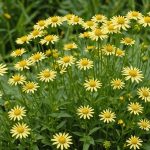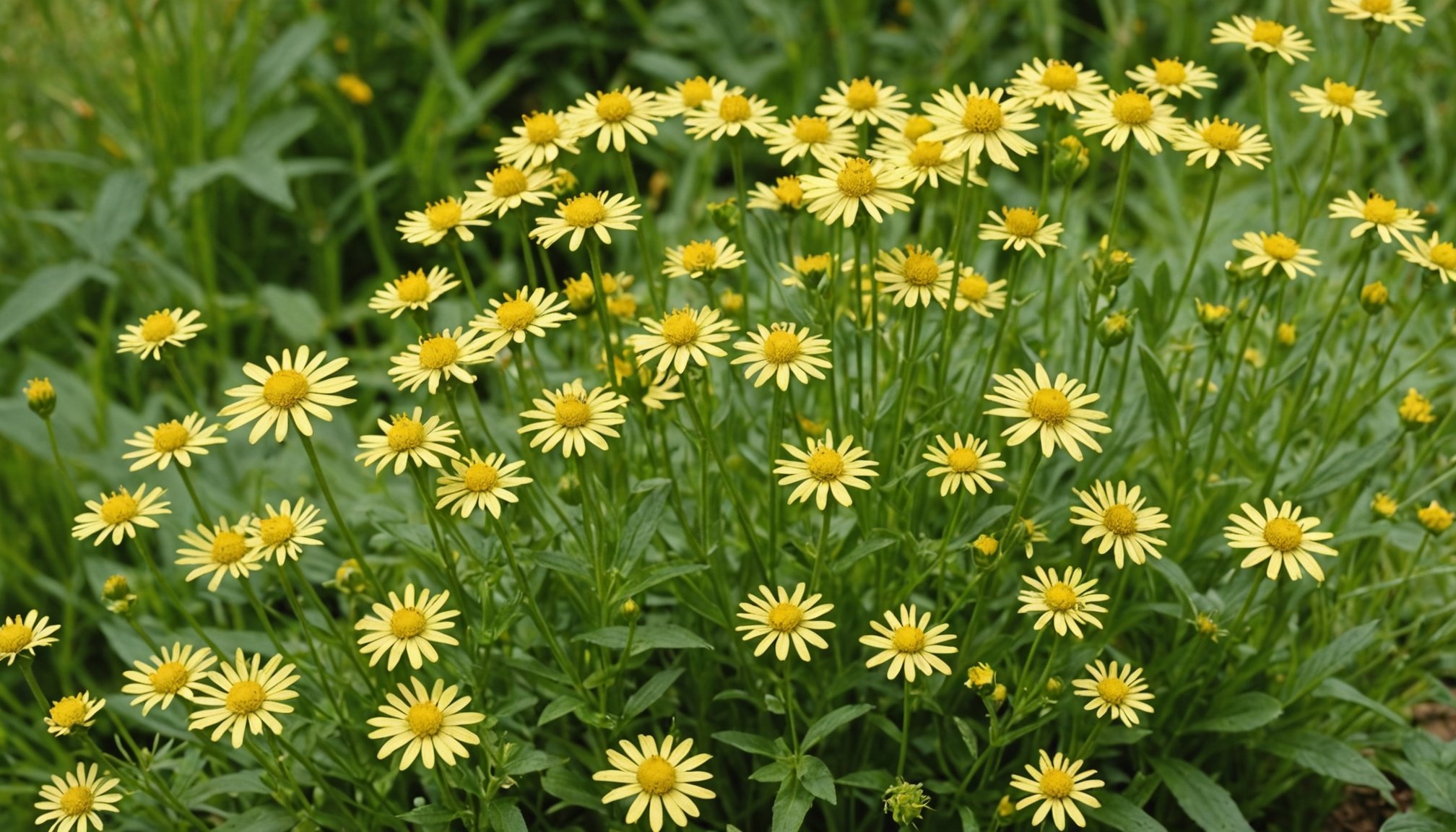Overview of Native UK Plants for Organic Pest Management
Native UK plants play a crucial role in supporting biodiversity, which is essential for a healthy ecosystem. They serve as a backbone for beneficial insects, providing them with food and habitat. In organic gardening, these insects are invaluable allies in keeping pests under control without the use of harmful chemicals.
By cultivating native plants, gardeners can naturally attract beneficial insects such as pollinators and pest predators. Pollinators, like bees and butterflies, not only enhance the beauty of a garden but also aid in plant reproduction. Pest predators, such as ladybugs and hoverflies, help to manage the populations of unwanted insects that could damage crops.
Also to read : The Ultimate Guide to the Ideal Season for Pruning Fruit Trees in the UK
Gardeners benefit from native plants as they are well adapted to the local environment, often requiring less maintenance and being more resilient to the UK’s climate. This makes them an effective tool in providing organic pest management while also enhancing the garden’s natural beauty. Furthermore, native plants contribute to a balanced ecosystem by supporting a diverse range of species, which in turn helps prevent the dominance of single species that could lead to pest outbreaks.
Key Native UK Plants that Attract Beneficial Insects
Incorporating specific native plants into your garden can transform it into a hub for beneficial insects that boost natural pest management. Among the standout options, Common Bugle, Yarrow, and Oxeye Daisy are particularly effective.
Also to discover : Discover versatile camo netting options in our online shop
Plant 1: Common Bugle
Common Bugle is a versatile plant that draws in both pollinators and pest predators. It flourishes in damp, partially shaded spaces and prefers well-drained soils. Providing minimal maintenance, this plant encourages a thriving insect population, amplifying your garden’s ecological balance.
Plant 2: Yarrow
Yarrow excels in enticing ladybugs and hoverflies, vital in organic gardening for controlling aphid populations. This hardy plant thrives in sunny locations and requires moderate watering. For maximum effect, plant yarrow in clusters, enhancing its ability to attract these crucial beneficial insects.
Plant 3: Oxeye Daisy
Oxeye Daisy is a magnet for solitary bees and nectar feeders. It prefers well-drained, sunny habitats, contributing to a biodiverse environment. Ensure seasonal trimming to promote robust growth and improve its role in sustaining a healthy ecosystem. By planting Oxeye Daisies, you’re not only beautifying your space but also fostering beneficial insect populations that aid in keeping harmful pests at bay.
Integrating Native Plants into Organic Garden Design
Creating a thriving organic garden involves thoughtful garden design that maximises the ecological benefits of native plants. Through companion planting, gardeners can foster an environment rich in biodiversity, leading to more effective organic pest management.
To start, choose a selection of native UK plants to serve as the foundation for your design. These plants naturally attract beneficial insects, including both pollinators and pest predators, enhancing the garden’s ecosystem. Include plant species like Common Bugle, Yarrow, and Oxeye Daisy, adapting your layout to their specific needs.
Companion planting is key to promoting plant synergy. Pairing compatible plants can improve the growth and resiliency of garden species, while simultaneously attracting a diverse range of insects. For instance, planting Yarrow near vegetables can help control aphid populations due to its attraction to hoverflies.
Consider a seasonal planting strategy to maintain a constant source of food and habitat for insects. Rotate your plants and introduce varieties that bloom at different times throughout the year. This approach ensures continuous support for beneficial insects, multiplying their positive impact on your garden. Balancing aesthetics and functionality paves the way for a sustainable and productive organic garden.
Practical Pest Management Strategies Using Native Plants
Harnessing native UK plants is a cornerstone for effective pest management strategies in organic gardening. These plants naturally diminish the need for chemicals by attracting beneficial insects. When native plants are integrated into garden design, they support a variety of insects that naturally mitigate pest populations.
A prime example of successful organic strategies can be seen in gardens that employ diverse plant species. For instance, layering Yarrow and Common Bugle encourages hoverflies and ladybugs, reducing the presence of aphids without harsh interventions. These insect allies are instrumental in maintaining a balanced ecosystem, highlighting the practicality of native flora in pest control.
To optimise results, combine plant diversity with additional techniques like companion planting. This method amplifies benefits by fostering symbiotic relationships between plants and insects. For instance, pairing Oxeye Daisy with vegetables not only beautifies the garden but equally promotes a flourishing insect habitat.
Incorporating these strategies enhances the garden’s health while preserving the environment. By relying on beneficial insects, gardeners can ensure a robust defense against pests, significantly curtailing dependence on synthetic chemicals. This approach underscores the substantial advantages of using native plants for sustainable pest management.
Illustrative Guide to Beneficial Insects
Beneath the vibrant flora of your garden, a hidden world of beneficial insects thrives, each playing a crucial role in maintaining a balanced ecosystem. Identifying these allies can enhance your organic gardening efforts.
Identifying Key Pollinators
Pollinators like bees and butterflies are vital. They’re identifiable by their colourful wings and distinct buzzing. Preserving their habitats includes planting nectar-rich flowers and avoiding pesticides. Attract them by offering diverse flowering plants throughout the seasons.
Recognizing Natural Pest Predators
Natural pest predators such as ladybugs and hoverflies efficiently curb pest populations. Ladybugs are notable for their red shells with black spots, while hoverflies mimic bees but are harmless to humans. Support them by ensuring access to shelter and a steady food supply.
Creating Habitat for Beneficial Insects
Devote garden spaces to nesting and shelter by incorporating features like log piles or shrubs. Encourage biodiversity by varying plant heights and types, fostering environments rich in resources. Seasonal upkeep, including leaving fallen leaves or erecting insect hotels, provides crucial refuge. By strategically designing your garden, you ensure a welcoming environment for beneficial insects, essential for a thriving ecosystem.











